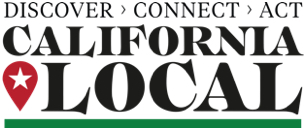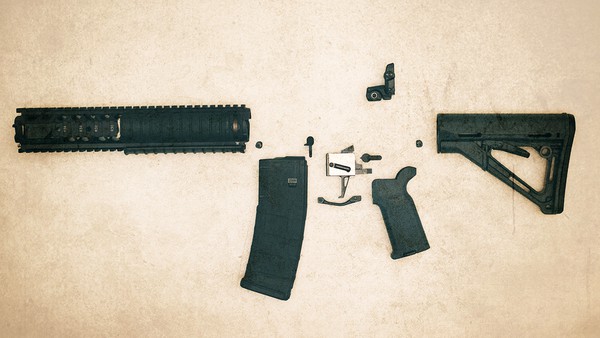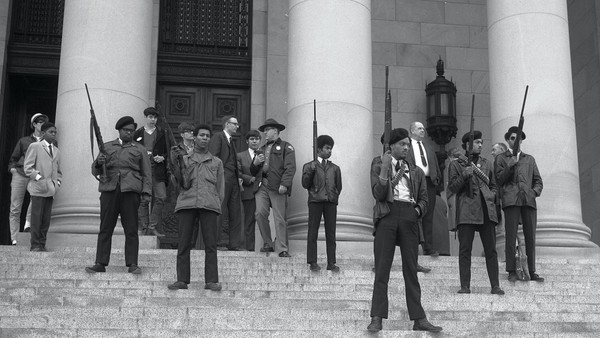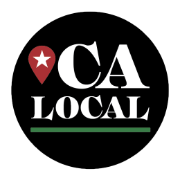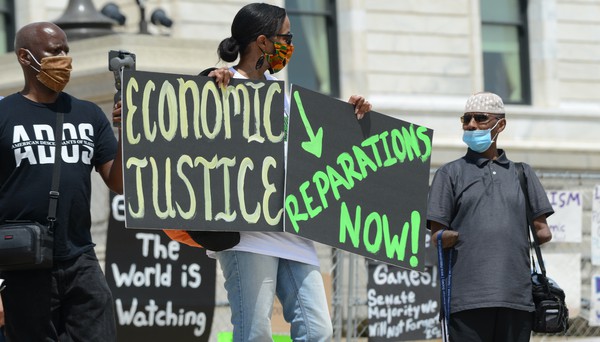Parts of a ghost gun—one of the newest type of weapons in the criminal arsenal.
Residents of Santa Cruz County who visit CaliforniaLocal.com can expect to find real-time information on local traffic and weather, up-to-date and changing by the minute. We also monitor local news outlets, providing links to stories on the most significant local and statewide issues. One thing readers typically won’t find, however, is “police blotter” reporting: brief stories on incidents of vandalism, theft, and all types of altercations, including gun violence.
When we cover the topic of crime and justice, we focus instead on societal trends and how they affect public policy. You won’t find any California Local stories on the 14 mass shootings in California this year—not even the most deadly, which took place in downtown Sacramento, just blocks away from state government buildings. But you will find articles that look at crime from a historical or sociological perspective. A few months ago, we looked at the range of theories being posed by experts to answer the question What Drove Homicide Rates Up? And this month we published the two articles below, which piece together the history of gun control in our state, which ranks first in the number of gun laws passed since the 1960s. But where that history begins is surprising.
Whose Right to Carry?
For the first century of our state’s existence, nothing in California law prevented anyone from carrying a loaded firearm in any public location, as long as the gun was not concealed and the person carrying it did not point the weapon at a human being. Jonathan Vankin looks back at how that all changed in 1967.
Assault on Assault Weapons Ban
California has led the country in gun control laws since at least 1991. Reporter Jonathan Vankin details how much of this legislations was fueled by mass shootings, such as a schoolyard shooting in Stockton that led to the passage of the Roberti–Roos Assault Weapons Control Act. He also explores how, more than three decades after its passage, a legal challenge to the law could end up in the U.S. Supreme Court.
Truth and Reconciliation, California Style
In the United States House of Representatives, Michigan Democrat John Conyers introduced a bill in 1989 to set up a commission that would study ways to pay “reparations” for slavery. He never found support for the bill—and neither did Texas Rep. Sheila Jackson Lee, who picked up the baton when Conyers stepped down from Congress in 2017. But in August of 2020, California created the first slavery reparations commission in the United States. We take a look at what this nine-member task force has accomplished so far.
